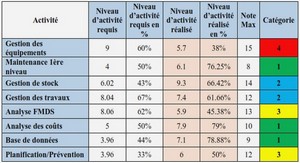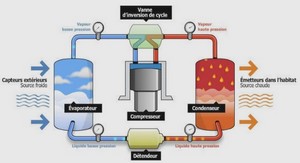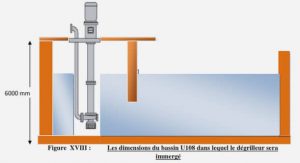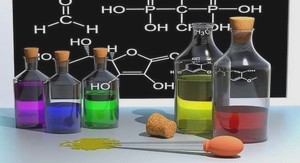Understanding the phenomena that happen during fast tempering of AISI 4340 steel is the main concern of this study. Induction hardening, as a most favourable surface hardening process of steel, is frequently used for cylindrical and gear components (Rudnev 2005). The other goal of this chapter is to know the effective parameters of induction treatment influence on final properties of components. Furthermore, this chapter will introduce a method for predicting the hardness in over-tempered area, based on the thermodynamics and kinetics laws.
Induction heating is one of the most popular localized heating processes (Yang, Hattiangadi et al. 2010). It provides clean, accurate, and internal heating of an object. Its complexity makes it somewhat hard to control compared to other surface hardening process such as cementation.
Mechanical properties after induction hardening
High wear resistance accompanied with tough core increase fatigue property of steel component. Induction hardening surface treatment is frequently applied on tempered low alloyed medium carbon steels to provide desirable mechanical property especially for aerospace application when fatigue resistance is demanded.
During the thermal treatment the steel must be heat up at austenizing temperature and quenched by high cooling rate to form martensite and to avoid from any decomposition of austenite to other products such as ferrite, pearlite, and bainite (Bhadeshia and Honeycombe 2006).
Full hardened section is not always desirable for machine parts when combination of hard wear resistant surface with a tough core is required (Bhadeshia and Honeycombe 2006). Surface hardening is preferred compared to complete ones, because the core creates a tensile internal stress while the surface is under compressive stress. Fulfilling both requirement achieve by surface treatment such as induction hardening. It avoids any fatigue cracks nucleated at surface propagate easily in presence of compressive residual stress, as well as resist tensile bending fatigue (Rudnev, Loveless et al. 2003).
Metallurgical aspect of induction hardening
Induction hardening involves heating through or on surface or at selected areas of the component to austenitizing temperature, holding at this temperature to have complete austenite transformation (homogenization) and then, quenching very fast to form martensite microstructure. During this process, austenite transforms to martensite and any phase transformation known as self-tempering to phases with lower hardness should be controlled (Valery and Rudnev 2007).
Critical factors like the prior microstructure, the composition, and the heating rate, etc affect the resulting microstructures and the properties of components by changing case depth, maximum surface hardness, and minimum hardness found in the sublayer between the surface and core. In particular, they control the hardness profile found in the case-core transition zone, and improve compressive residual stresses (Clarke, Van Tyne et al. 2011).
Initial microstructure
The initial microstructure of steel has a pronounced effect on the final properties of heat treated parts under induction hardening process. These steels are operated at the same power density and time duration 2.5 kW/cm2 (16 kW/in2 ) (Speich and Leslie 1972, Rudnev 2005). The quenched and tempered initial microstructure is the most desirable ones in aerospace industry. It helps to obtain suitable hardness pattern, deepest hardened case depth, and the shortest transition zone compare to other initial microstructure (Rudnev 2005). Despite all advantages of this initial microstructure, hardness loss in over-tempered zone between surface hardened layer and tough core is recognized as a weak area which is not desirable for fatigue life.
Composition
The carbon content of steel influences effectively on the properties of components treated by induction hardening. It affects not only hardenability, (i.e., the process of forming martensite during cooling) but also the transition zone, namely eutectoid steels has a shorter transition zone compared with a hypoeutectoid steel at the same condition of heating and quenching (Rudnev 2005).
In addition, substantial alloying elements such as chromium, manganese, molybdenum nickel, silicon, affect steel properties even in small amount. They are categorized based on their influence on the critical temperatures (i.e. A1, A3, Acm), solubility in iron, kinetics of austenitic transformation upon cooling, ability to prevent grain growth (Rudnev, Loveless et al. 2003). They affect the tempering process, subsequent to quenching or during additional tempering. In fact, they retard considerably growth and coarsening of the cementite particles by partitioning in cementite or segregating in the interface of cementite and matrix (Chang and Smith 1984).
INTRODUCTION |






